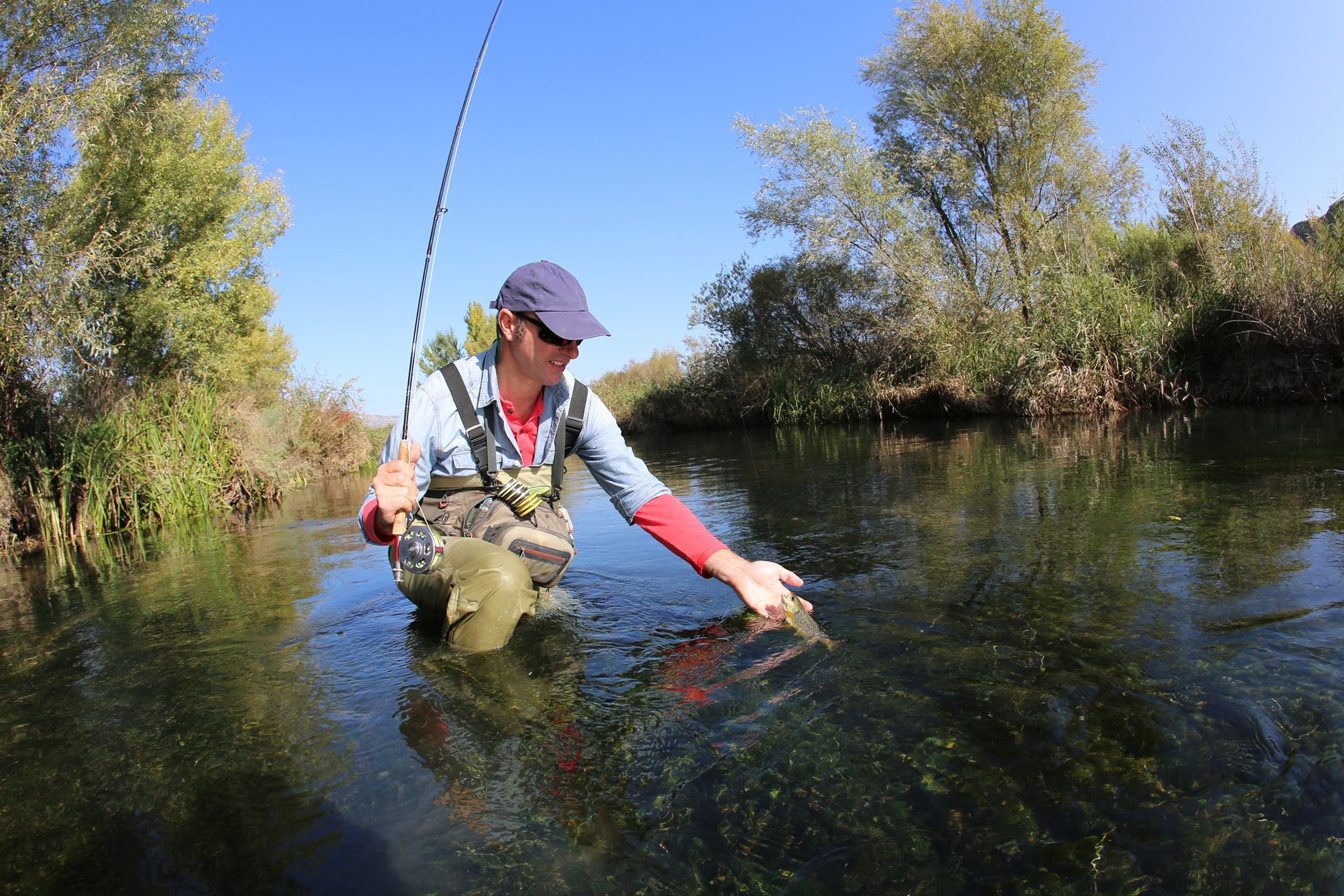As any angler knows, the right flies can make all the difference in your fishing experience. That's why we've put together a list of five classic dry flies that every angler needs to have in their dry fly boxes. Over the years, these flies have proven to be effective in various conditions and will increase your chances of catching fish on your next trip. So, whether you're a seasoned pro or a beginner, read on to learn about these essential flies and how they can help you improve your "Matching The Hatch" skills.

One classic dry fly that should be in every angler's dry fly box is the Mosquito. This grayish-tinted fly is especially effective in slow-moving water and is a go-to for fishing in the early morning or late evening. The Mosquito fly imitates many small aquatic insects that are commonly found near the water's surface, making it a natural target for fish to strike. Whether you're fishing for trout or panfish, the Mosquito is a versatile and essential fly to have in your arsenal. It is absolutely deadly on high mountain lakes - don't go hiking without them!

The Pale Morning Dun (or PMD) is another classic dry fly that should be included in every angler's fly box. This fly is particularly effective in slower-moving water and is a great option for fishing in the morning or evening when mayflies are hatching. The PMD has a light yellow or cream-colored body with lighter wings, making it an excellent imitation of the natural light colored Mayflies.
Trout are known to feed selectively on PMDs during hatches, so having this fly in your arsenal can increase your chances of a successful day on the water. Additionally, PMDs are widespread and common in many different bodies of water, making them a go-to choice for any dry fly angler.

Trout are not always predictable, and they can shift their feeding preferences in a moment's notice. This is all the more reason to be prepared with a range of dry flies in your tackle box. One such fly that you should always have on-hand is the Blue Winged Olive (BWO) in sizes 14 through 20. This fly mimics the size and appearance of multiple small olive-colored Baetis Mayfly, which are an important food source for trout.
BWO hatches can be can be found in a variety of types of water across many different regions, making them an excellent all-purpose fly. They are particularly effective during hatches, as the natural emergence of BWOs can trigger a selective feeding frenzy among trout. Try fishing with a smaller size than the hatch appears to be - an old trick that works!

The Adams Dry Fly is perhaps the best known classic pattern that mimics many types of mayflies, and it can be especially effective during hatches. In 1922, Leonard Halladay, a Michigan fly tier, conceived the Adams as a general mayfly imitation. It was first fished by an Ohio attorney and friend of Halladay, Charles F. Adams. For a century now, the unique blend of subtle colors has made the Adams stand out on the water, and it can attract the attention of trout even in murky or choppy conditions.
.

The Light Cahill Dry Fly is another classic pattern that every angler should have in their tackle box. This fly mimics the Ephemerella invaria mayfly, which is commonly found in Eastern streams and rivers, bu it has become universally effective anywhere trout swim. The Light Cahill Dry Fly can be particularly effective during late spring and early summer when the E. invaria hatch occurs.
Another characteristic of this fly is its upright and divided Wood Duck wings, which create a realistic profile when floating on the water's surface.
When presenting the Light Cahill Dry Fly, aim for a drag-free drift by mending your line upstream or using a reach cast. Once the fly is on the water, let it float naturally with the current. If you see a trout rise nearby but not take the fly, try imparting some movement by twitching your rod tip slightly. This can make the fly look more lifelike and enticing to the trout.
We all know that having the right flies is essential for a successful experience on the water. The five classic dry flies we've shared today have been proven super effective in various conditions, making them a must-have addition to your dry fly boxes. With these tried and true flies in your arsenal, you'll be prepared for any fishing conditions you encounter. So, get out there and good luck on the water!


2 comments
Jilly
My Dad always loved his Light Cahill flies – it was the only fly in his vest!
Jake Lowden
I love these older classic ties!